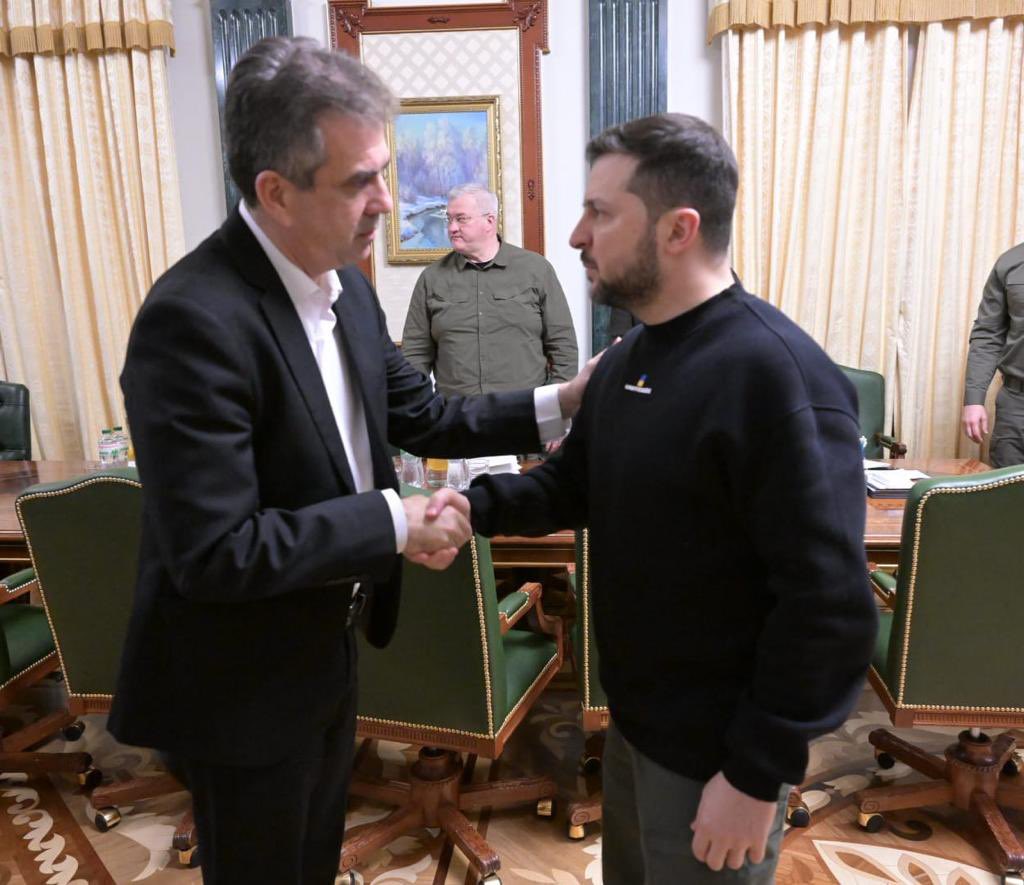Putin continued to select comparatively less risky options even when faced with spiraling military failures in fall 2022, the Institute for the Study of War assesses. Putin only began to accept domestically unpopular—and potentially risky—policies such as the declaration of partial mobilization or the expansion of martial law far after the dire situation on the front lines following Ukrainian successes made clear the Kremlin required additional combat power.
Putin could have announced a larger mobilization effort than the reported 300,000 servicemen but likely feared that the already unpopular prospect of mobilization would further damage his appeal within Russian society.
ISW assesses the Kremlin and Russian Ministry of Defense (MoD) is belatedly implementing large-scale-military reforms and treating Ukraine as a protracted and major war—yet Putin is continuing a similar pattern of reserved decision-making.
Putin’s reluctance to take risks directly related to his conventional war in Ukraine indicates that Putin remains highly unlikely to pursue nuclear escalation or war with NATO. ISW previously assessed that Russian conventional war threats against NATO do not correspond with Russia’s capabilities and that Russia uses nuclear threats primarily to intimidate the West.
Putin also continues to demonstrate that he remains a calculated individual who places considerable emphasis on eliminating risks—even while his perception of the situation he faces diverges from reality. Putin has thus repeatedly placed himself in the position of articulating maximalist and unrealistic objectives, calling on his government and military to achieve them—yet refraining from making the costly decisions the large-scale and protracted conventional war he has embarked on likely requires.







